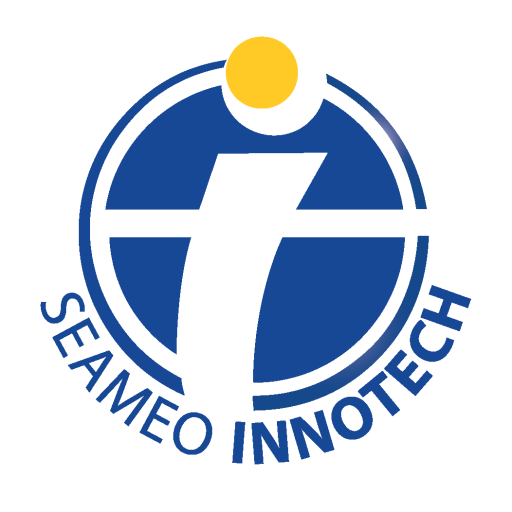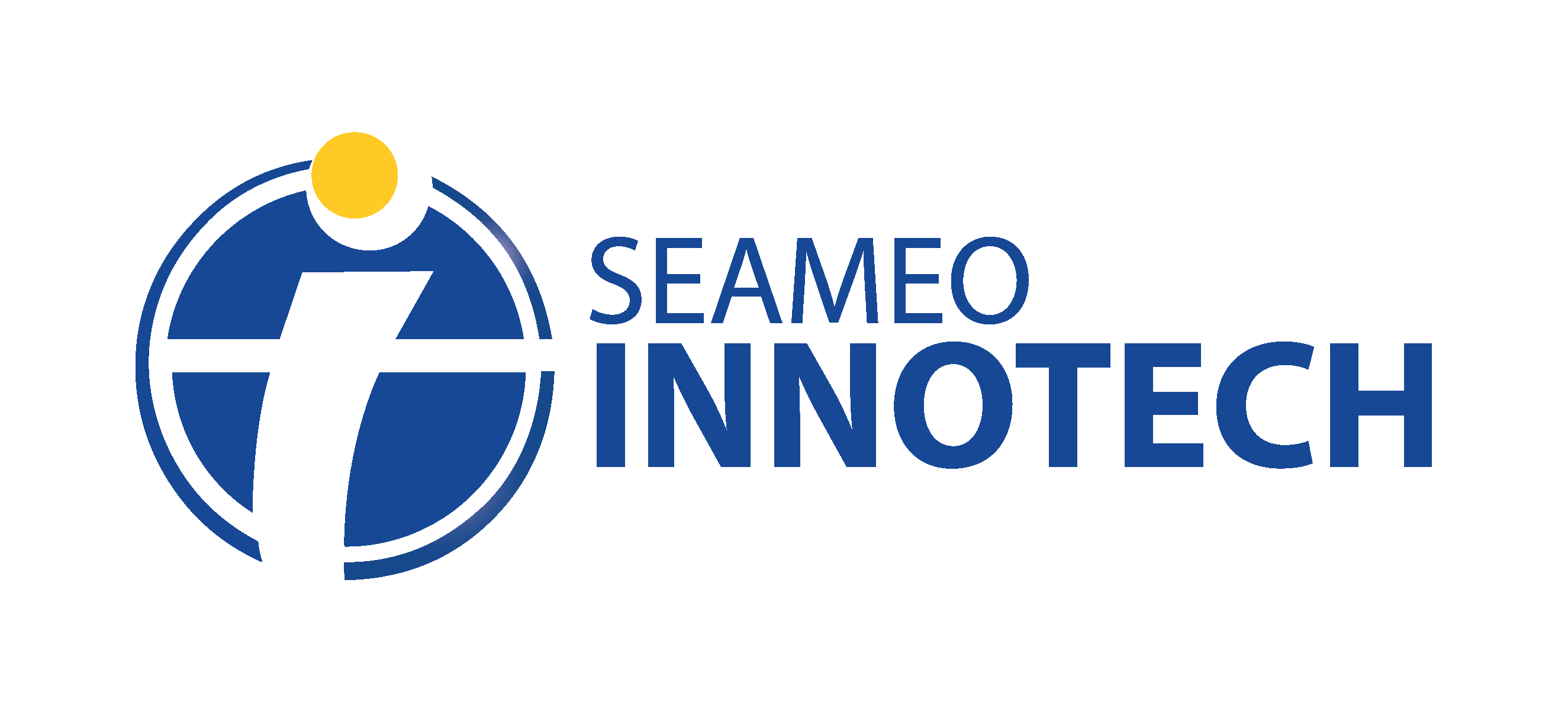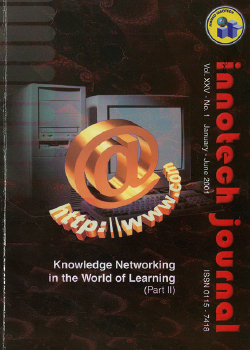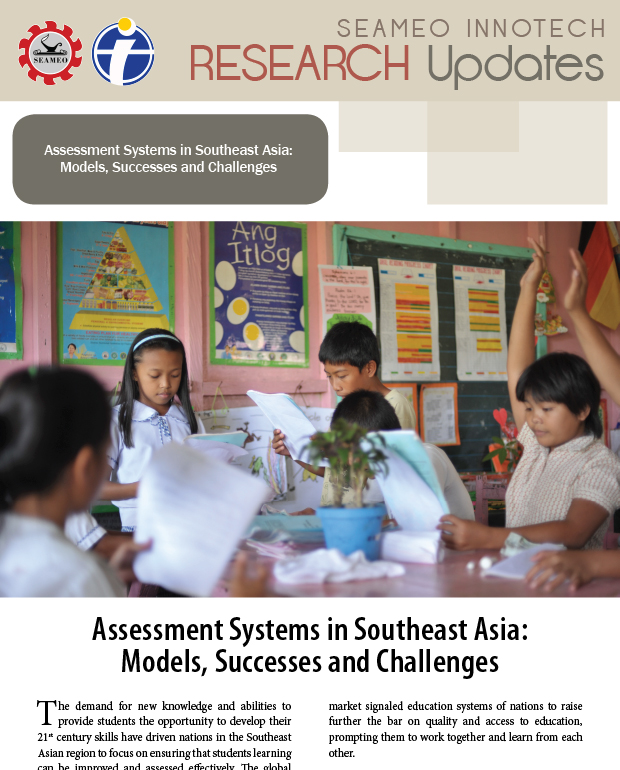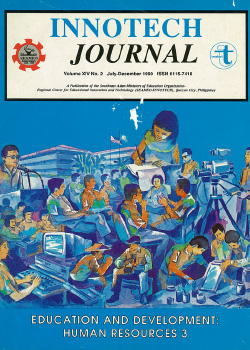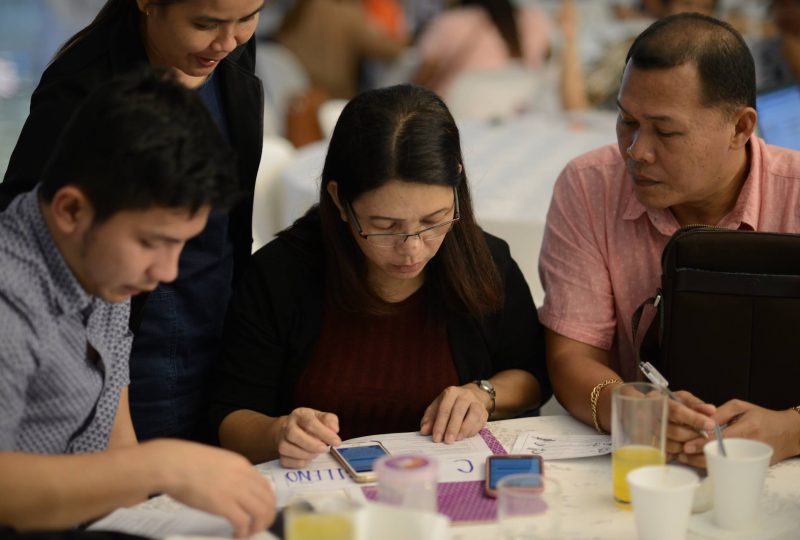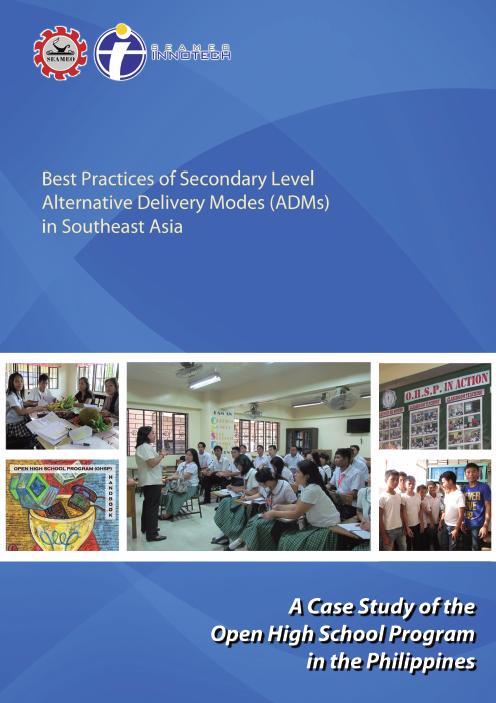
While enrollment in secondary schools has been increasing over the past decade, a significant number of young people are still not able to access quality and relevant secondary education. Some learners experience difficulty in transitioning from the primary to the secondary level, and from the secondary level to the labour market.
In some parts of Southeast Asia, there is a disparity in terms of completion of secondary education between rural and urban learners, and between working students and those studying full-time. Learners from marginalized groups, including indigenous people, young people with special needs, and those from low socio-economic groups, also face challenges in accessing and completing secondary education.
There are many barriers that can push learners out of the formal school system, including geographical distance, poverty, conflict, and natural disasters.
Alternative delivery modes modules make it possible to provide quality education to learners regardless of their location or social status.
Learn more about these Alternative Delivery Mode practices in Southeast Asia now.
What are Alternative Delivery Modes?
Alternative Delivery Modes (ADMs) offer solutions that may help learners outside of the regular school system acquire the needed basic education competencies and life skills. At the secondary level, these initiatives provide learners with the opportunity to complete their education at their own pace given the resources and the context they are in, thereby preparing them for work or further education. Alternative delivery mode of teaching offers flexibility and relevance and may be accessed at a lower cost than conventional schools.
An alternative delivery mode of education in the Philippines also provides an important alternative for learners who may not be able to access education in the traditional way. By offering this innovative solution, we are providing learners with the chance to reach their full potential and prepare for work or further education. Consequently, ADMs play an essential role in ensuring that all learners have access to quality education. We are proud to be able to offer this unique solution, and we know that it will make a positive difference in the lives of our learners.
What are the Types of Alternative Delivery Modes
In SEAMEO-member countries, numerous forms of alternative delivery modes modules have been and are being implemented. SEAMEO INNOTECH launched a research project to document successful secondary-level alternative delivery models. The aim was to consolidate best practices, study more closely how the programs were executed given the varied contexts and identify factors that contributed to their success. This project resulted in the documentation of four exemplary ADM programs, which shall be presented as a series of case studies. These include:
i.) The school-industry partnership of the Multiple Entry-Exit System (MEES) of Indonesia;
ii.) Access to secondary education for island learners in Vietnam;
iii.) Flexible learning delivery modalities and learner-centered support system of the Open High School Program (OHSP) of the Philippines; and
iv.) Project-based learning approach in support of a needs-based curriculum evident in the Home School Program of Thailand. Each case study discusses the various components of the program and highlights the unique and facilitative factors underlying the successful ADM initiative.
The Philippines’ Open High School Program
One example of an alternative learning system delivery mode is the Open High School System in the Philippines, which has been operational for over 20 years. The Open High School System accommodates working students, students with special needs, pregnant and parenting students, and other students who are unable to attend conventional schools due to various reasons. The Open High School System uses alternative learning modalities such as distance learning, modular instruction, and computer-aided instruction.
Download our Alternative Delivery Mode PDF today to learn how to teach in this ever-evolving environment.
The series of case studies was made possible through the active collaboration with in-country researchers from Indonesia, Philippines, Thailand, and Vietnam, and the stakeholders who contributed their ideas, insights, and experience. We hope the case studies in our Alternative Delivery Mode PDF will give a better understanding of ADMs as education solutions and widen perspectives on the benefits of employing such modalities for students at the secondary level.
Related Resources
Interested in expanding your skillset?
Browse through our educational research and development articles to stay up-to-date on the latest techniques in the world of education.

